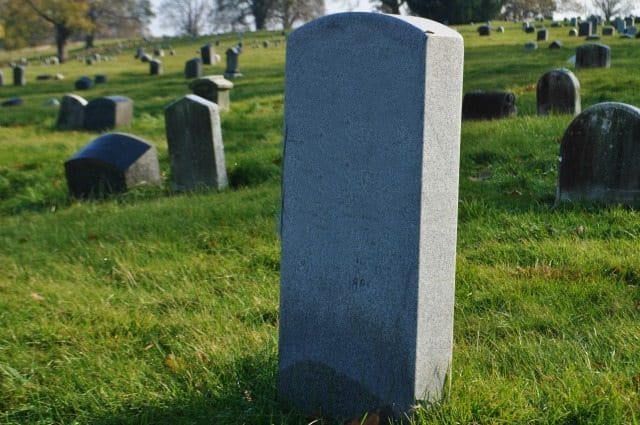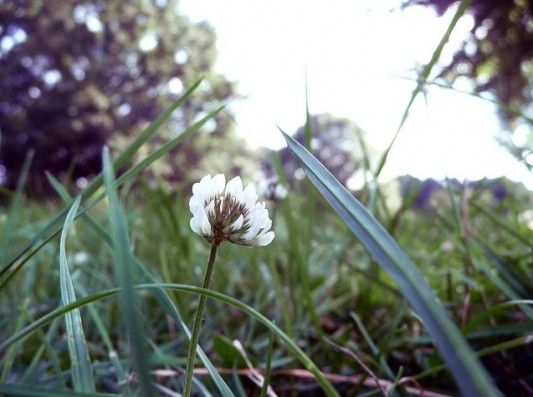The Naturalist Sage of Brooklyn


Prospect Park today is no stranger to naturalists. In fact, the park has been a haven for green-inclined for centuries. Exploring that history, the New Inquiry recently published an article about 19th century Brooklyn naturalist William Hamilton Gibson, “The Man Who Saved Prospect Park.”
Gibson’s fondness for nature extended well beyond the park itself (he said city backyards could become “a means of grace”) but it was the park where he found “graceful varieties of the woodside and the hay-field,” Gibson wrote, that could “serve to reawaken and console the latent yearning of our unfortunate metropolitan exile.”
Gibson assuaged his own yearnings in a “deserted corner” of Prospect Park. “Innocent of the gardener,” as he described it, this wild nook made him feel he “might as well be in the Berkshires” whenever he visited it. He noticed that it harbored birds that lived nowhere else in the city: scarlet tanagers, rose-breasted grosbeaks, red-eyed vireos, and many others. He sketched the rare plants — blood roots, cranesbills, and Jack-in-the-pulpits — that grew among the park’s thickets of oak and white birch and for hours sat with other Brooklyn artists to admire its tangle of acanthus bushes. No other area of the park, Gibson believed, resembled so faithfully the larger wildernesses outside the city.
When, in 1897, the Brooklyn Parks Commission decided to tame the park’s wilderness, Gibson sounded the alarm in letters to the Brooklyn Daily Eagle. The letters built the case that would eventually save the park from that threat.
Brooklyn Based also recently published a beautiful set of photos and words on the history of Prospect Park which explores many of the most interesting corners of the park.




